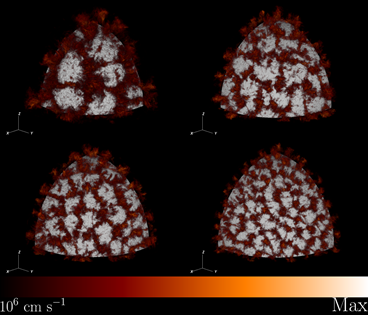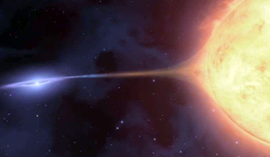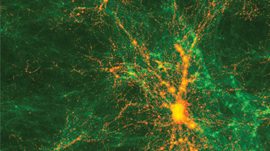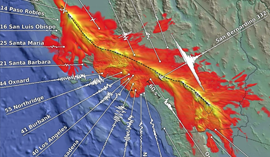Stony Brook University researchers are exploring the physics of Type Ia supernovas using the Tesla-accelerated Titan Supercomputer at Oak Ridge National Laboratory.

It’s been estimated that Type Ia supernovas can be used to calculate distances to within 10 percent accuracy, good enough to help scientists determine that the expansion of the universe is accelerating, a discovery that garnered the Nobel Prize in 2011. But despite their reputation for uniformity, exploding white dwarfs contain subtle differences that scientists are working to explain using supercomputers.
The team simulated 18 different double-detonation models using the MAESTRO subsonic hydrodynamics code to calculate a networks of three elements – helium, carbon and oxygen. They expect that GPU acceleration will allow them to increase the network size to around 10 elements, and their early work with the OpenACC directives supported in the latest PGI Compiler indicated a speedup of around 400 percent was attainable for this part of the code.
The GPU effort benefits the team’s investigation of not only Type Ia supernovas but also other astrophysical phenomena.
“Right now, our reaction network for x-ray bursts includes 11 nuclei. We want to go up to 40. That requires about a factor of 16 more computational power that only the GPUs can give us,” said the team lead Michael Zingale.
Read more about the research >>










